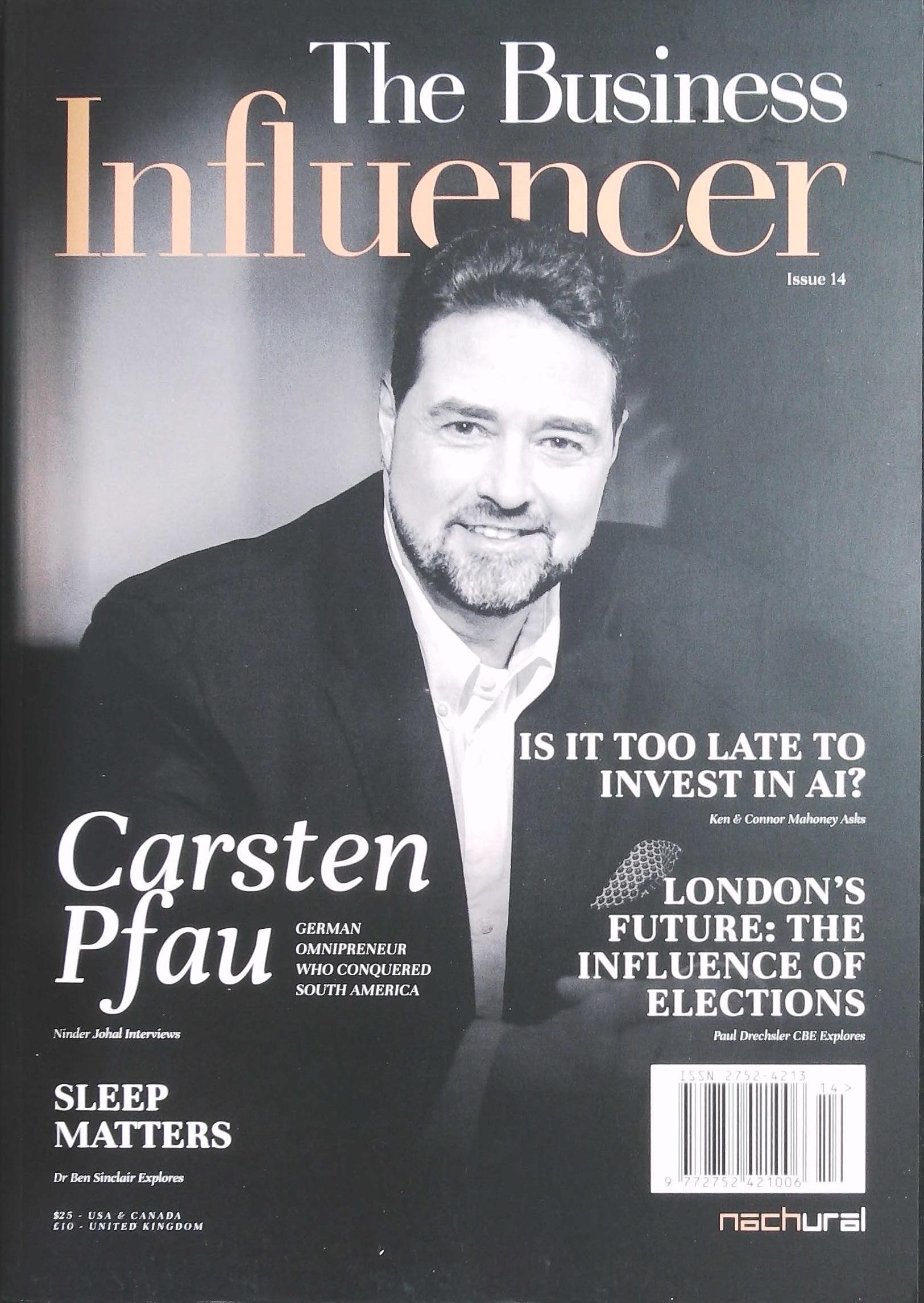Arming Readers With Words
Farmer’s Almanac 2025 does something content marketers need to do more often – “putting words into readers’ mouths” Why? To make it easy for them to feel not only comfortable, but “smart” when talking about your business or practice area.
The Almanac authors explain where several of our most common expressions come from:
I’ll take a raincheck:
In 1880s baseball, spectators were given an actual ticket stub for admission to a future game when a game was called off for rain. Later, retailers who were out of stock on an item offered rain checks for discounts at a later date.
I’m on Cloud Nine:
In the 1950s, the U.S. Weather Bureau would give numbers to clouds depending on how high they were, up to 30,000 feet (9 was next to highest).
It’s raining cats and dogs
The Greek word Catadoxa (try saying it out loud) means beyond belief. Another explanation is that in medieval times, homes had thatched roofs, and domestic animals would hide in the roof when the weather turned severe.
Under the weather
In old sailing vessels, “under the weather” meant under the weather rail (the hold of the ship). If a sailor wanted to reduce the impact of the waves, he’d go below deck.
In blog marketing, once you’ve established common ground, reinforcing to readers that they’ve come to the right place, it’s important to add lesser-known bits of information on your subject, which might take the form of arming readers with new terminology, serving several purposes:
- positioning the business owner or professional practitioner as an expert in the field
- adding value to the “visit” for the reader
- increasing readers’ sense of being part of an “in-the-know” group
As content writers, part of our challenge is to educate both prospects and clients on the issues relating to their decisions to choose between one business’ products and services and those of its competitors. Introducing a curiosity-stimulating new term is one way to do just that.
At Say it For You, we believe in empowering readers by teaching them the meanings and the correct use of the terminology in that field. Most important, buyers feel empowered to make a decision when they feel “in on” the “lingo”.
Arm your readers with words – they’ll be more likely to “lend you their ear”!






Follow us online!